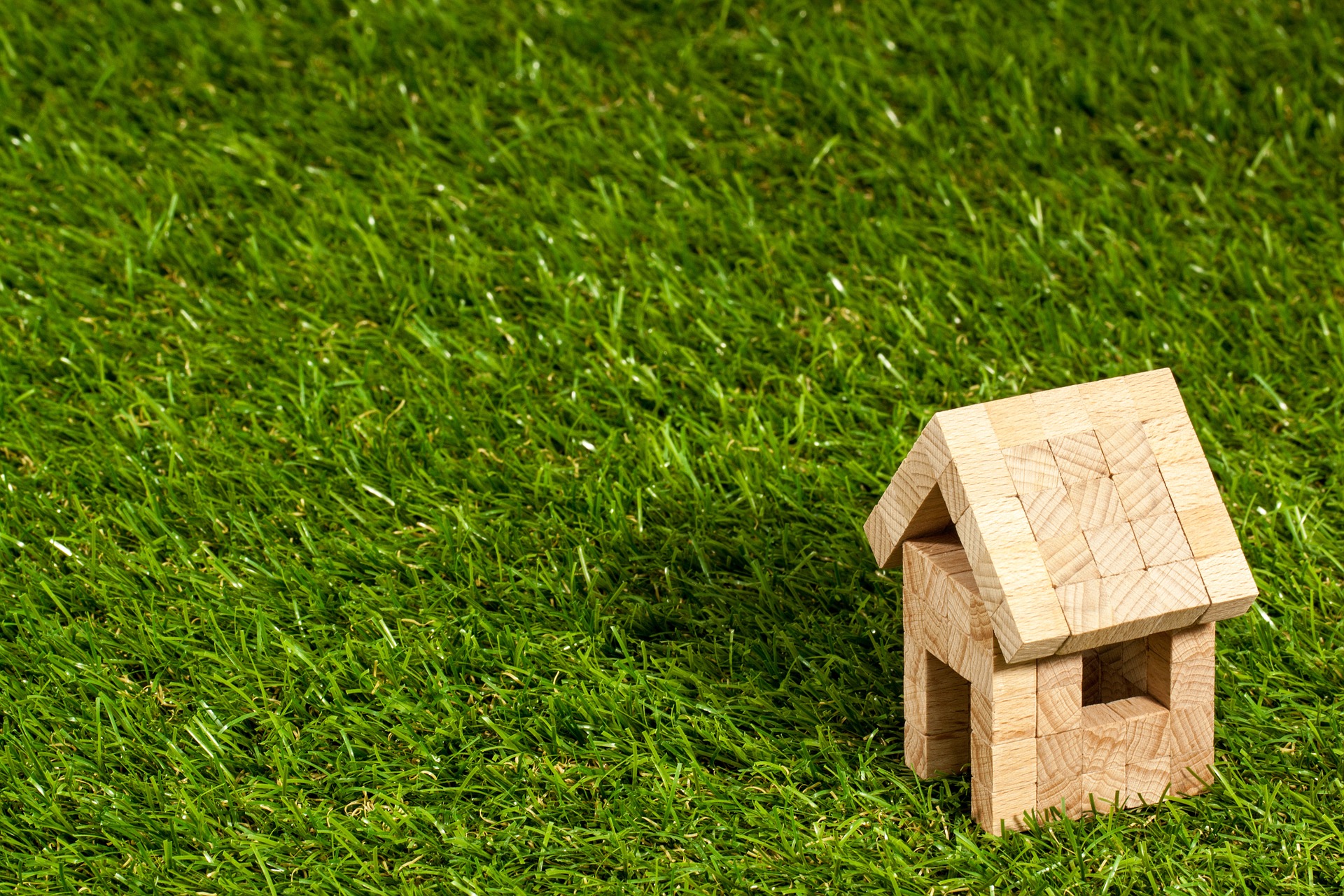The 10 Most Profitable Property Home Improvements

Smart investors are always looking for ways to add value to a property as a way of maximising profit.
We have based our recommendations on properties that are already worth an average UK value of £259,745. If you invest at the lower end of the market these recommendations will not apply.
You would be very unlikely to recoup your money if you spent £18,000 on a loft conversion for a house worth £50,000. On lower value properties different improvements such as central heating or double-glazing are likely to make a bigger impact on profit and any future valuation. There are also likely to be regional and local variations in the profitability of each improvement.
Here are the 10 most profitable home improvements:
1. Add a double bedroom and bathroom through a loft conversion
Nationwide carried out some research and found that adding a loft conversion of this type would have the biggest effect on value. If executed correctly, research says that conversions can add up to 21% to the value of a house. At Repolist, we believe that this sort of uplift is more likely to occur in a street where the house being improved is neither the largest nor the most expensive. Always look for price precedents in your local area that support your new-uplifted valuation.
2. Add an extra bedroom with an extension
The same research by Nationwide indicated that adding an extra bedroom through an extension would add around 13% to the price of an average property. According to the lending website Zopa, the percentage return on an extension is actually greater than the returns made on a loft extension. Nationwide also notes that turning a two-bedroomed house into a three-bedroomed house gives the maximum percentage uplift, whereas adding a bedroom to a three-bedroomed semi typically adds only 9%. Remember to look at the likely returns in your individual circumstances before making any decisions.
3. Mend the roof
If a house has missing roof tiles or weeds growing out of the guttering, prospective buyers tend to discount their offer based on a ‘worse case scenario’, rather than the actual cost to fix it. Nationwide research indicates that a roof repair of £4,150 is likely to yield a profit return of £2,600.
4. Upgrade a tired kitchen
According to estate agent group, Spicer Haart, upgrading a tired kitchen is the single most profitable improvement that can be made to a property. HSBC research suggests that a well-appointed new kitchen will add £4,750 to the value of a house over and above the typical expenditure of £9,600. This is a return of 49% on capital invested.
5. Replace old carpets
Old and worn carpets – particularly around high traffic areas in a house – create a tired feel and any prospective purchaser may feel that this will be an expense for him or her in the future. Zopa research suggests that an expenditure of £2,000 on carpet is likely to realise profit of about 50%.
6. Build a conservatory
We really struggled with this one. A Zopa report suggested that a typical conservatory that costs £5,300 would return £5,750 of profit on sale – or 108% of capital invested. We are aware of lots of contradictory evidence, which tends to show that the mark up on a conservatory is marginal. Conservatories have to be done very well to add anything to your experience of a house. If you are going to build one, make sure that you are very clear how the new space will be used.
7. Eliminate dodgy DIY
A survey of 2,000 buyers carried out by Trustmark showed that purchasers will try to discount a house by a whopping 11% if shoddy DIY was apparent. On the average house, that’s a sum in excess of £25,000. Old or dodgy looking electrical wiring was deemed to be the most off putting feature. There are lots of houses like this to be found at auction and through our repossession/ refurbishment search facility – take a look here.
8. Upgrade the bathroom
The benefits of a brand new, ultra clean bathroom are obvious. The typical average spend is £4,900 and the average profit derived from that expenditure according to Zopa is £2,350 or 48%. What’s obvious is that there is money to be made restoring poorly fitted houses into a presentable condition, even if you pay the market rate for this type of property. This profit opportunity is not the same if you buy an already refurbished property and update it just for the sake of it.
9. Go green in the garden
The jury is out on garden features increasing the value of a property. Well laid out gardens have a subjective value that is hard to quantify. The Zopa report suggests a £4,550 spend will return a profit of £4,000 or 88%. To achieve this sort of uplift, the garden would have to be fairly large and in terrible condition to begin with. Don’t focus your efforts here unless it’s an obvious winner.
10. Look at the exterior
Again this is one of those improvements that may influence the perception of a property’s general condition, rather than anything more substantial. The Zopa report implies that the average expenditure of £6,000 leads to a median profit of £4,500. We would need a lot more detail of the kinds of procedures listed and whether they were remedial or cosmetic before we are convinced of that. On that basis, we’ve put this one in at number 10.
Repolist has one of the biggest databases of refurbishment properties in the UK - sign up for your free trial today.
